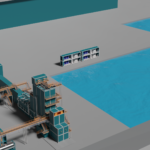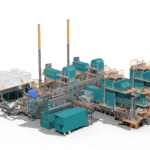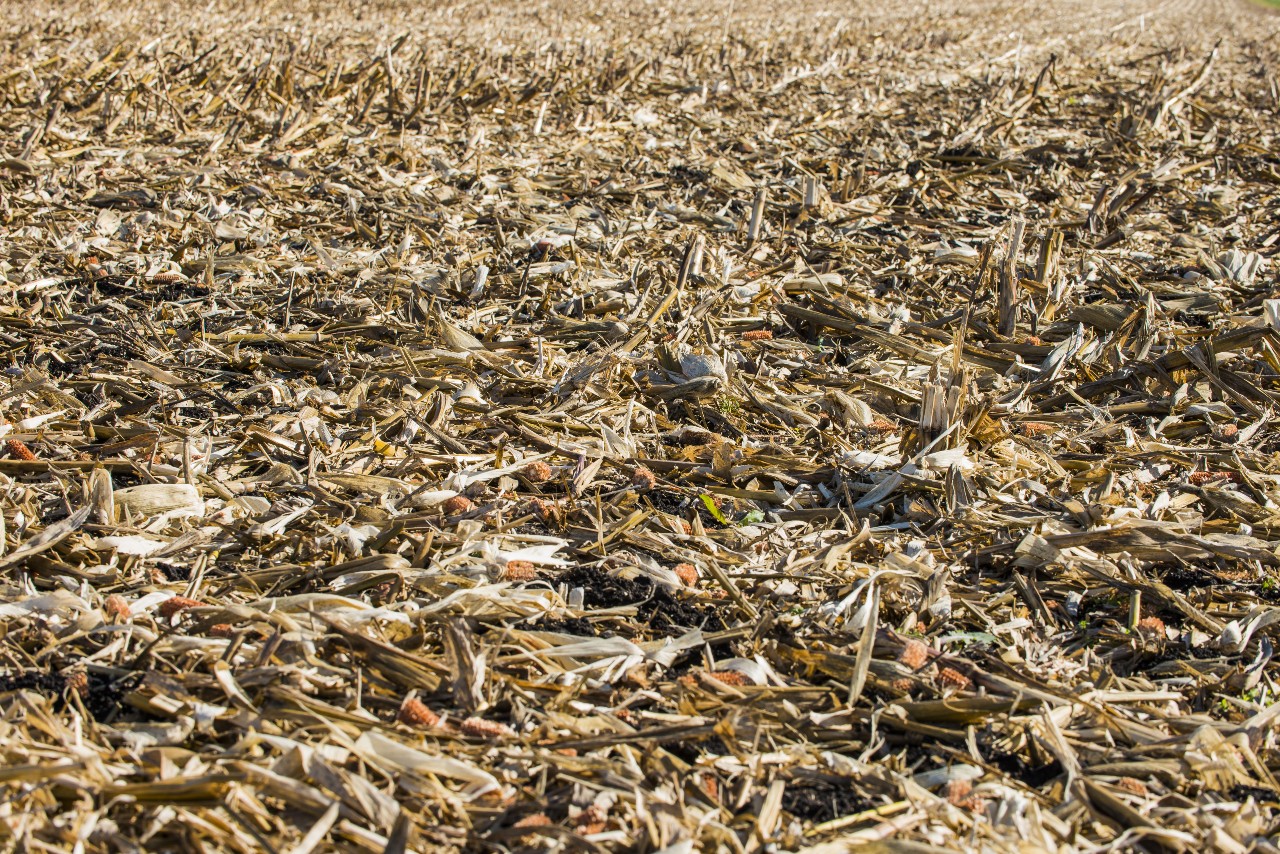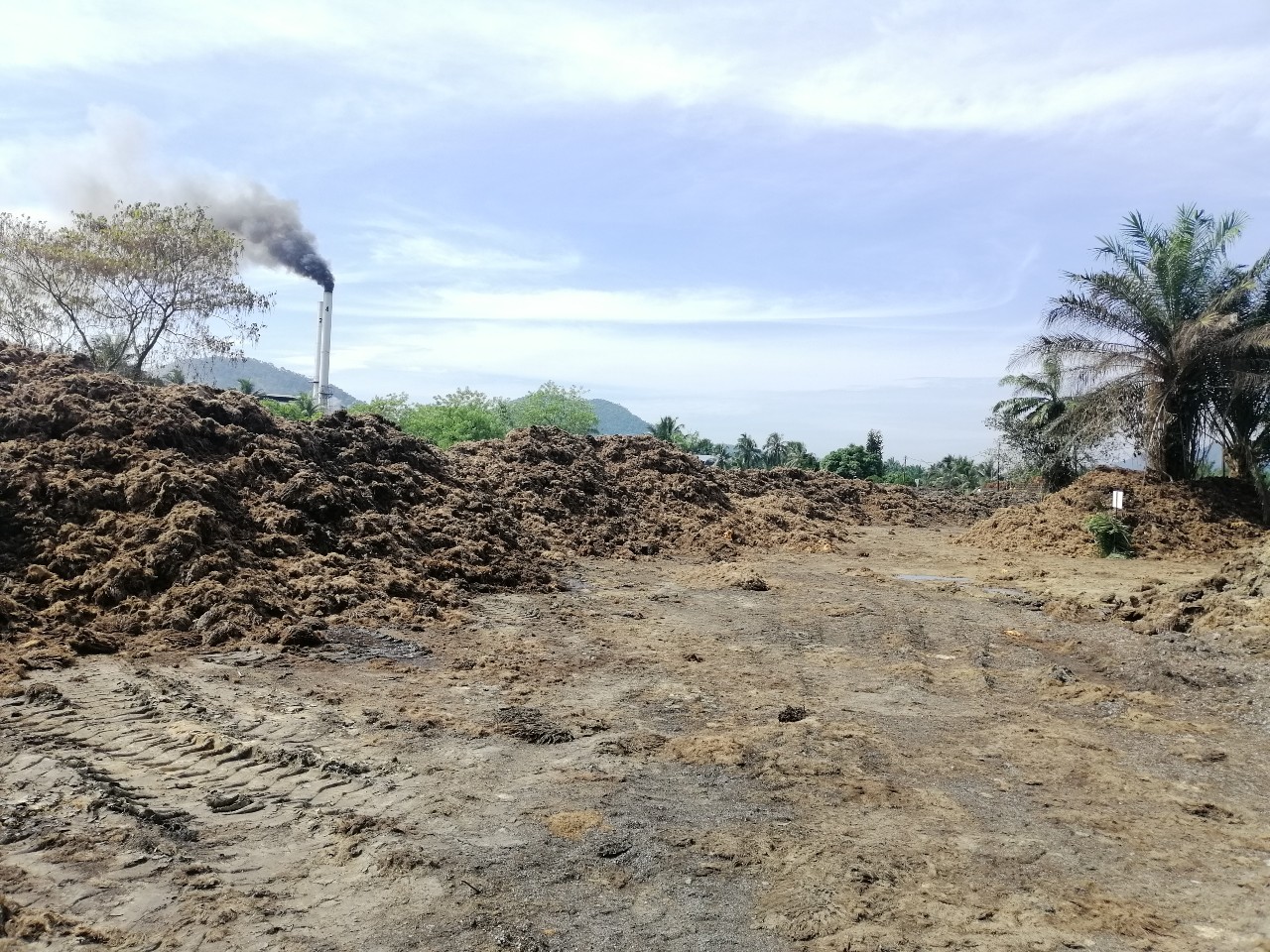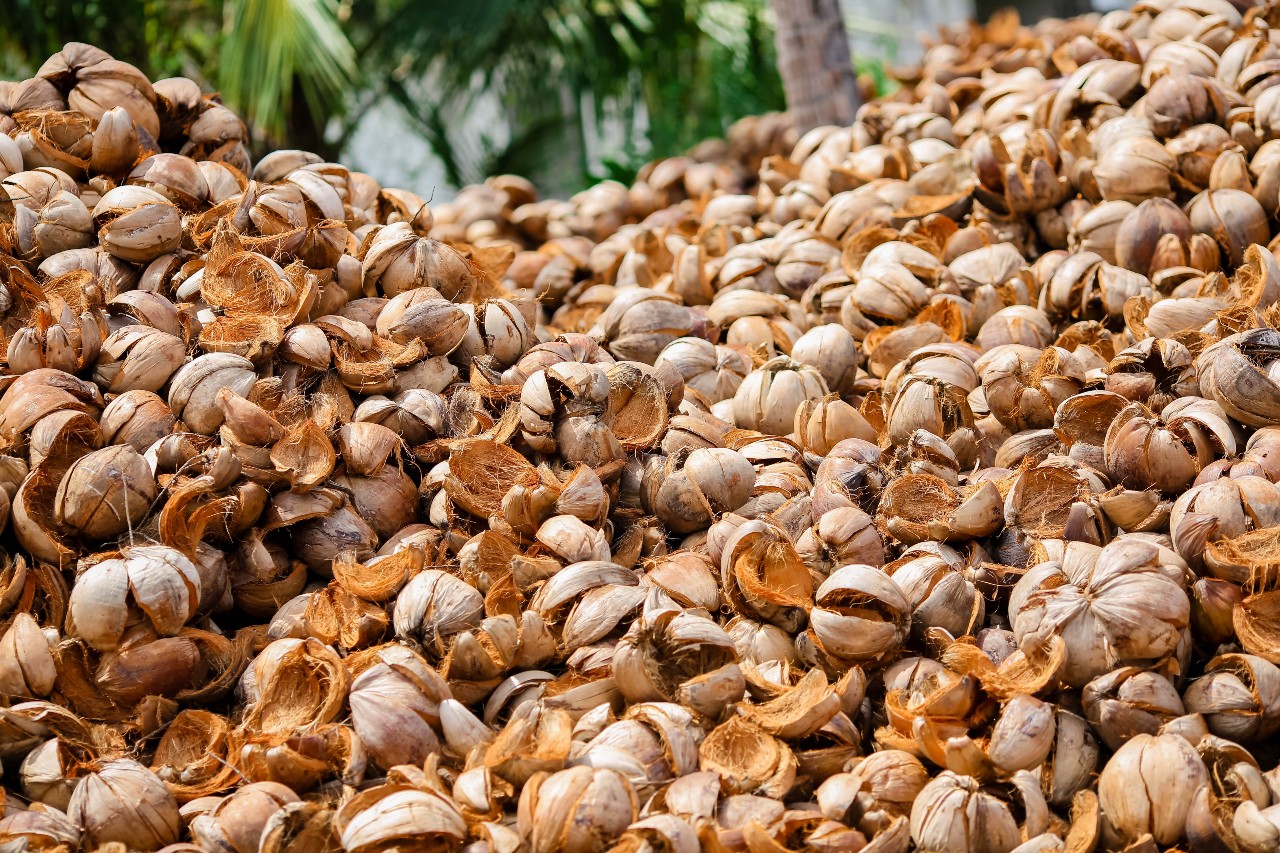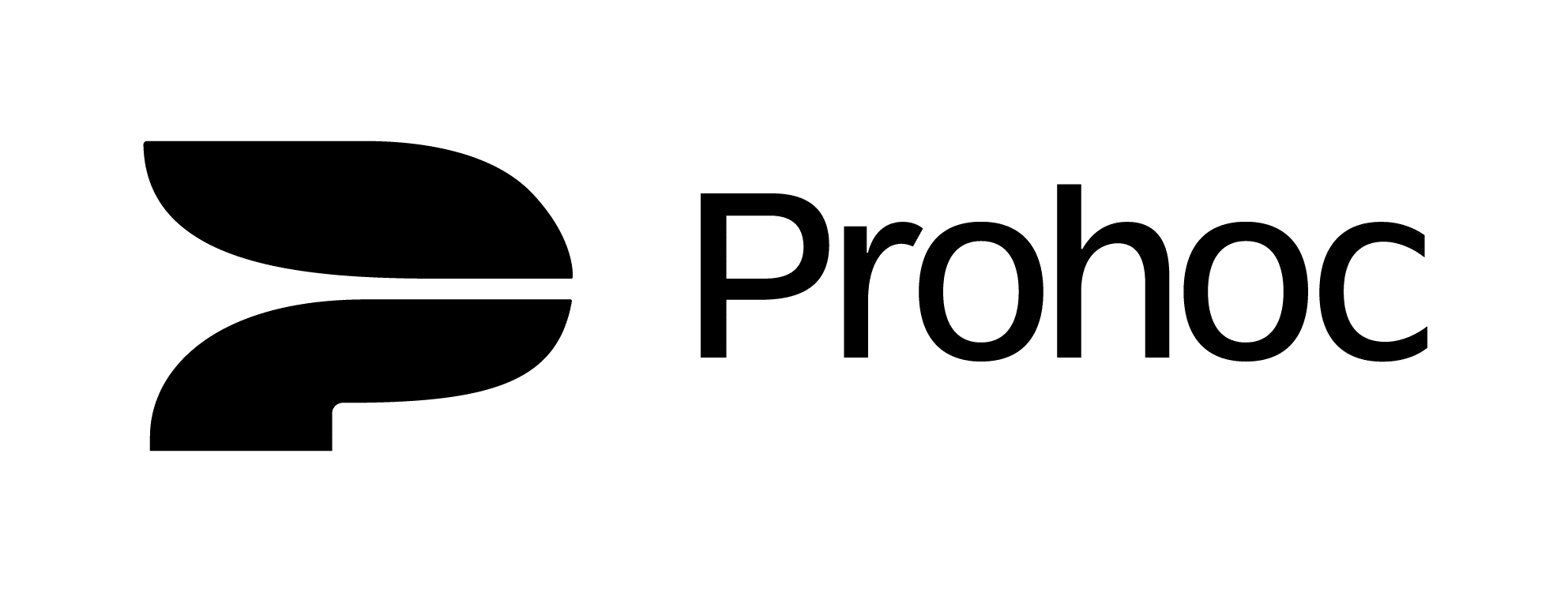Agricultural waste (AW) refers to the solid waste originating from the crop itself during the process of planting, harvesting, trading, processing, and eating. It includes manure and other wastes from farms, poultry houses and slaughterhouses, as well as fertilizer run-off from fields. It mainly includes crop straw, rice husk, maize cobs, cuttings, stubs, weeds, fallen leaves, fruit shells, peanut shells, bagasse and processed residues such as vegetables, melons and fruits, as well as manure. It is estimated that close to 20 billion tons of AW is produced annually, ten times the amount of MSW.
Large quantities of agricultural wastes, resulting from crop cultivation activities, are a promising source of energy supply for production, processing and domestic activities in the rural areas. Currently, the available agricultural residues are either being used inefficiently or burnt in the open to clear the fields for subsequent crop cultivation. Energy utilization of agricultural waste is also among the most effective methods for disposing of agricultural waste. This includes the use of crop field residues such as crop straw, crop process residues such as rice husk and corncob, livestock breeding waste such as farm bedding and manure, and slaughterhouse waste such as carcasses and wastewater.
In addition, with the advancing energy utilization technology of agricultural waste, the forms of energy utilization of agricultural waste have become more and more diversified. The major types include pyrolysis gas, biogas, fuel ethanol, bio-gasoline, bio-kerosene, bio-diesel, bio- and hydro-char, and electricity.
Globally, the scale of livestock farms is getting larger and larger and the degree of intensification is getting higher and higher. The direct discharge of the manure into waterways is causing the deterioration of agricultural ecological environment and it has become one of the three major sources of water pollution alongside industrial wastewater and domestic sewage. Large amounts of manure is also used as fertilizer, which poses other challenges through material run-off and nutrient imbalance. These offer further incentives for processing AW into valuable commodities.
Due to the diversity of AW, no single solution can utilize all the different types of waste. A combination of solutions, like the WOIMA Ecosystem, is required to extract the maximum amount of value out of the agricultural waste streams, as well as use internal synergies for even higher efficiency. There are seven generic biomass processing technologies based on
- direct combustion (for power)
- anaerobic digestion (for methane-rich biogas)
- fermentation (of sugars for alcohols)
- oil exaction (for biodiesel)
- pyrolysis (for biochar, gas and oils)
- hydro-thermal carbonization or HTC (for hydro-char)
- gasification (for carbon monoxide and hydrogen-rich syngas).
These technologies can then be followed by an array of secondary treatments (stabilization, dewatering, upgrading, refining) depending on specific final product requirements.
WOIMA has the perfect solutions to help reduce the waste-induced challenges. The wasteWOIMA® waste-to-energy power plant can utilize several different types of waste feedstocks, or their combinations, and transform them into energy commodities for local demand. The WOIMA Ecosystem is even more versatile and capable in waste treatment and reduction. It combines the best available techniques (BAT) for a sustainable waste-based circular economy.
READ WASTEWOIMA® FUELS SERIES
FIND OUT MORE ABOUT WASTEWOIMA® TECHNICAL SOLUTIONS
CHECK YOUR WASTE CHARACTERISTICS
CONTACT US
WOIMA Corporation is a Finnish supplier of best-in-class waste-to-value products, projects and services worldwide. We have developed solutions that enable us, and the customer, to transform and recycle virtually any waste stream into raw materials and energy. At WOIMA we combine Finnish engineering know-how in waste management with power generation design expertise. These solutions are used in Finland every day. They support the circular economy ideology and ensure that less than 1% of Finland’s waste ends up in landfills.
Our mission is to improve quality of life both locally and globally, as well as empower people to utilize waste as a commodity. Our decades of international project management experience ensure an on-time, in-budget and high-quality WOIMA solution delivery across the globe.

